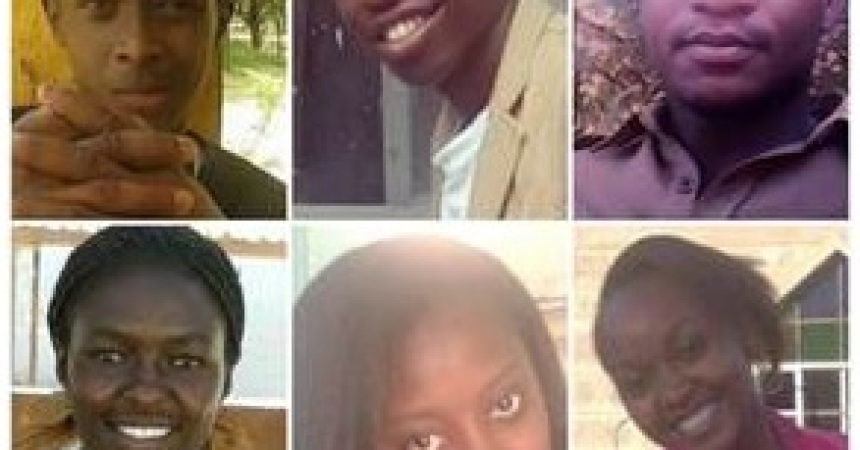
Kenyan Slaughter: Troops Delayed Rescue for Nearly 15 Hours, Survivors Say
Special to the Outlook from Trice Edney News Wire
Frightened students at Garissa University in northeast Kenya, hid for what seemed like a lifetime as a small band of al Shabaab terrorists lined young people up on the floor and put a bullet in the back of their heads, one by one by one.
Some were told to recite a prayer from the Koran and failure brought instant death. Others were told to call parents with their cell phones who then heard their child being shot.The killing spree, which began at dawn in the rural university, left nearly 200 dead, both men and women, but christian men were the favored target of the gunmen.
Stanely Muli, hiding in a wardrobe, said he wondered why the army stationed nearby was taking so long to arrive.
“I was just praying (to) God that the (Kenya Defense Forces) would come,” he told Robyn Dixon, a reporter with the Los Angeles Times. He could hear the Shabaab fighters searching rooms and killing students.
Muli was shot in the thigh but survived the bloodletting. The government failed to protect us, he said, still in shock. “We are angry because we lost some of our best friends. We think, ‘How come security wasn’t there when we were at the university?” he told a reporter.
When Kenya’s army finally arrived, they surrounded the school but remained outside the school gates. They didn’t engage Shabaab or end the killings. Government planes, when they finally arrived, carried the interior minister and police chief for a now embarrassing photo op. Journalists who drove the 225 miles to Garissa from Nairobi arrived before the special forces who came by air.
Eleven hours after the attack was launched, a crack police squad reached the school and ended the siege 30 minutes later.
“This is negligence on a scale that borders on the criminal,” The Nation, a local newspaper blustered in its editorial on Sunday. Survivors, they said, reported how gunmen, killing with obvious relish, took their time.
Another headline read: “Response beggars belief”.
Among the dead were three police officers and three soldiers. The four gunmen were also killed, for a total of 148 lives.
Garissa’s location, about 90 miles from Somalia, is a clear shot from al Shabaab bases across the border. The obvious security issues troubled many students, and many refused to attend, hoping for a place in Moi University in Eldoret, west Kenya, but finally accepted admission there.
“It’s like we were being experimented on,” Gideon Nyabwengi, 19, told the LA Times reporter. “When this university was being put in that place, I don’t think it was the right place.”
As news of the disaster filtered out, social media fired up. Two Twitter feeds – #GarissaAttack and #147notjustanumber – were started with latest news, names and pictures of the victims. A vigil in Kenya’s Freedom Corner in Uhuru Park is scheduled for Tuesday, Apr 7.
At this writing, 78 bodies have been indentified out of the 147 that had been airlifted to Nairobi.








